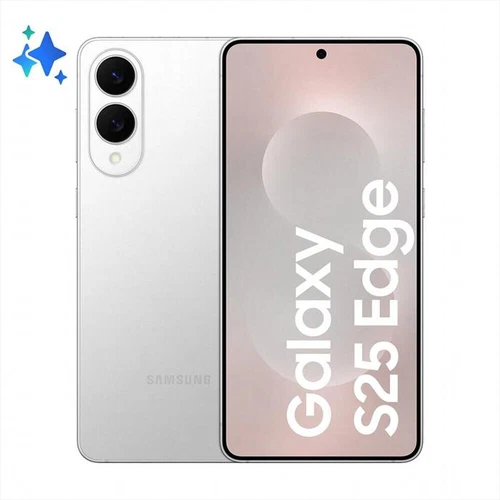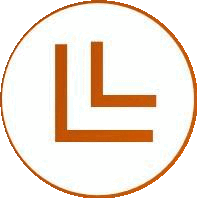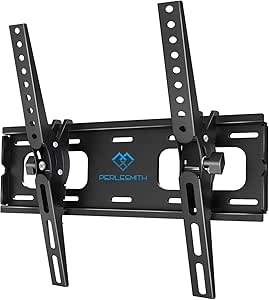Suonare la batteria ed essere mancini: problemi e soluzioni
Essere mancini e suonare la batteria: il talentuoso Marc Turiaux della band tedesca RPWL ci da qualche prezioso consiglio…
Secondo un recente studio di un team di scienziati internazionali delle Università di St. Andrews, Athens, Oxford, Bristol e Bochum, circa il 10% della popolazione è mancina (Human handedness, a meta-analysis, 2020). Il dominio di una parte dei nostri corpi è dovuta alla struttura del nostro cervello. La parola magica è lateralizzazione, ovvero la distribuzione di compiti differenti diretti agli emisferi destri o sinistri del nostro cervello.
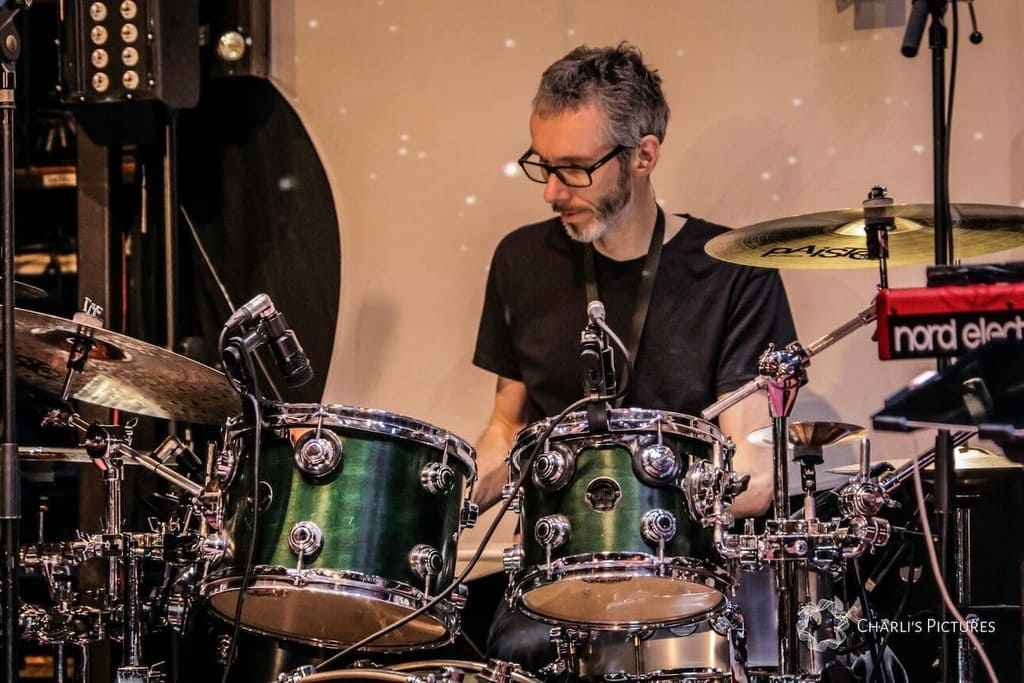
Quando si parla di abilità motorie, questa responsabilità corre trasversalmente. Per chi usa preferibilmente la mano destra, l’emisfero sinistro del cervello è attivo – e viceversa. Così per i mancini e per i destri, i rispettivi opposti emisferi del cervello sono quelli dominanti per controllare le abilità motorie, la destrezza e la forza. Da qui la preferenza da parte della maggior parte delle persone. Visto che il mondo è per lo più un posto per quelli che usano la mano destra. Per usare un paio di forbici al modo in cui ci insegnano a tenere un coltello o una forchetta. La maggior parte dei mancini mi dicono che molte delle azioni giornaliere di routine vanno contro la loro istintiva preferenza quando si deve decidere quale mani adoperare. Questo per la struttura con la quale le cose sono costruite o predisposte.
Un argomento importante anche nel mondo della musica

Quale mano usare di preferenza è un argomento importante anche nel mondo della musica. Ma non è comunque sempre cosi importante. Tradizionalmente la maggior parte degli strumenti sono stati predisposti per i destri. Anche la maggior parte degli insegnanti di musica non chiedono ai propri studenti quale della loro mano è dominante. Loro insegnano a suonare uno strumento avendo nella testa l’idea di dover usare la mano destra. E questo per molti studenti mancini può causare parecchi problemi.
Oggigiorno c’è una maggiore consapevolezza riguardo l’importanza di dare la prevalenza alla tua mano più forte. Ma abbiamo ancora innumerevoli testimonianze di mancini che hanno cominciato a suonare il loro strumento in modo convenzionale, con la mano destra quindi, ed hanno dovuto lottare parecchio prima di poter passare ad usare la loro mano migliore. Spesso queste persone hanno descritto di come si siano sentiti più rilassati dopo, mentre suonavano con la sinistra. Ma anche di come si siano sentiti più connessi con il proprio strumento. Con una comprensione più intuitiva degli aspetti fisici di quella connessione.
I drumkit predisposti per i mancini
Adesso la maggior parte degli strumenti esistono sia nella versione per i mancini che per i destri. Anche i piano (sebbene quelli per chi usa preferibilmente la mano sinistra siano abbastanza rari). I batteristi sono in una posizione privilegiata perché suona uno strumento che può essere rigirato ed avere un set adatto per la mano destra o per quella sinistra. E ancora, anche quando sono io ad insegnare, mi capita di vedere studenti mancini che suonano con dei drumkit predisposti per destri. Dunque o hanno copiato dei batteristi che hanno visto su YouTube oppure hanno cominciato a suonare con un insegnante che non ha chiesto loro quale fosse la mano preferita o a cui semplicemente questo non importava. Così hanno predisposto il loro strumento per la mano destra e spesso si sono ritrovati a dover combattere e sforzarsi di più per far funzionare le cose.
Esercitarsi con entrambe le mani
Ma perché esattamente capita questo? Come batteristi, abbiamo la stessa bacchetta in entrambe le mani, non dovremmo essere capaci di fare le stesse cose con entrambe le mani? Ha davvero importanza qual’è la mano che guida? Ebbene, nella mia opinione ha importanza. Questo è un argomento abbastanza controverso nel mondo del drumming. Quindi devo fare riferimento soltanto sulla mia personale esperienza. Usualmente, la nostra mano dominante apprende la tecnica più velocemente della mano non dominante.
Così la maggior parte dei batteristi rendere la parte più debole alo stesso livello di quella più forte rappresenta un esercizio di routine quotidiana. Dal momento che entrambe le mani spesso lavorano insieme, riuscirai a suonare un certo materiale tanto bene e velocemente quanto il tuo lato debole ti permette. Io credo che tecnicamente possiamo arrivare al punto in cui entrambe le mani sono lavorano quasi altrettanto bene e nello stesso modo, ma dal punto di vista musicale è tutt’altra cosa.
Suonare con la tua parte dominante

Quando io improvviso o mi viene in mente un’idea ritmica o melodica, automaticamente immagino che la mia mano dominante suoni le parti più importanti, mettiamo la melodia se preferisci. La mia mano sinistra funge quasi da accompagnamento per quella destra, riempendo i vuoti e qualche volta mettendoci dentro i suoi accenti e le sue parti di melodia. Ma la mia mente si affida sempre alla mano destra per guidare e alla sinistra per seguire. Qualsiasi altra cosa, come guidare con la mano sinistra, è una decisione conscia. Sono sicuro che io potrei imparare a farlo, ma sento che andrei contro il mio primo riflesso intuitivo.
Ringo Starr e Stewart Copeland sono mancini
Come ho detto, questo è il mio modo di vedere la cosa. E’ basata sia sul mio modo personale di suonare sia sulle mie esperienze di insegnante. Ho avuto degli studenti mancini ma che hanno comunque suonato con un drumkit per destri per anni. Ma quando gli ho detto di girare il loro drumkit per montarlo per la mano sinistra predominante, suonavano meglio (e si sentivano più a proprio agio) quasi immediatamente.
E ancora, due dei più iconici batteristi della storia del rock sono mancini ma suonano con dei drumset per destri. Parlo di Ringo Starr dei The Beatles e di Stewart Copeland dei Police. Entrambi hanno spesso detto che suonare con la “mano sbagliata” predominante è ciò che ha fatto si’ che divenissero famosi. Cosi l’argomento è ancora controverso e forse dobbiamo ancora imparare di più riguardo l’uso di una o dell’altra mano in modo predominante. Capire come influisce sulla nostra capacità di imparare e sulle nostre abilità. Il mio personale approccio è quello di cercare di sviluppare sempre tutte due le mani in modo uguale da una prospettiva tecnica, ma di lasciar guidare la mia mano destra durante le performance.
Left and Right handedness in drumming
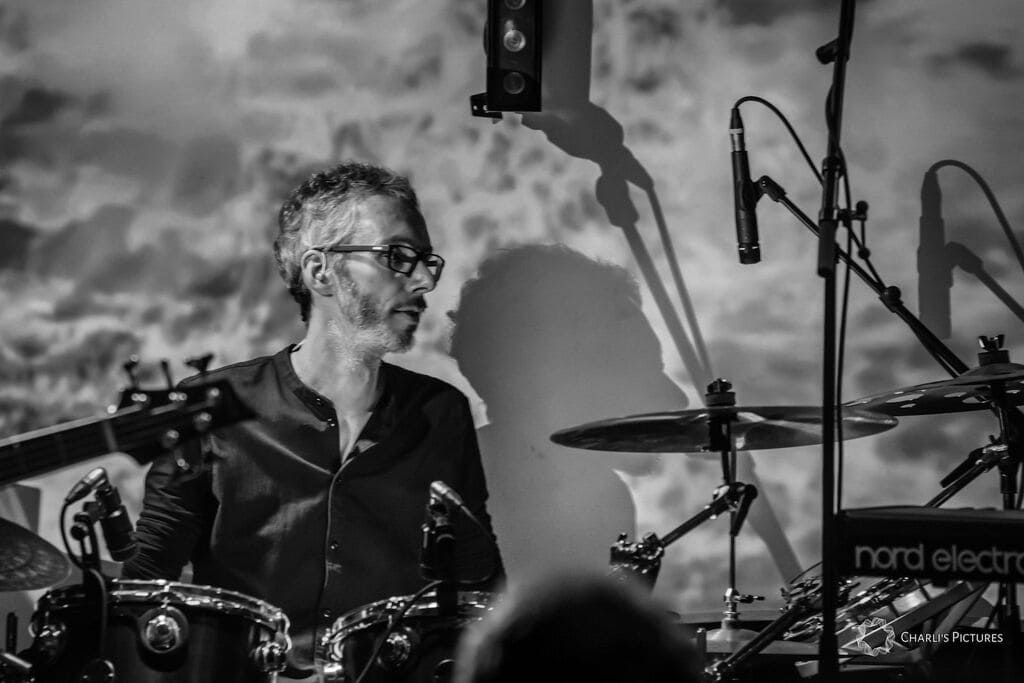
Left handed drummers: the talented Marc Turiaux from German band RPWL gives us precious advice…
According to a recent study by an international team of scientists from the Universities of St. Andrews, Athens, Oxford, Bristol and Bochum, about 10% of the population are left handed (Human handedness, a meta-analysis, 2020). The dominance of one side of our bodies is due to the structure of our brain. The magic word is lateralisation, i.e. the distribution of different tasks to the left and right hemispheres of the brain. When it comes to motor skills, this responsibility runs crosswise.
For someone who performs tasks with their right hand, the left hemisphere of the brain is active – and vice versa. So for left- or right handedness, the respective opposite hemisphere of the brain is the dominant one to control motor skills, dexterity and strength. Since it’s the preference of the vast majority of people, the world is mainly a place for the right handed. From using a pair of scissors to the way we are taught to hold knife and fork – most left handed people I know keep telling me that many daily routines go against their instinctive preference if it comes to which hand they want to use to do it, because of the structure how things are built or laid out.
An important topic in music too
Handedness is an important topic in the music world as well. That hasn’t always been the case, though. Traditionally, most instruments were laid out right handed, i.e. with the right hand being the leading hand. Also many music teachers didn’t ask about which of their students’ hand was dominant. They taught to play the instrument with a strong right hand in mind, and for many left handed students this caused a lot of problems.
Nowadays there is much more awareness for the importance of leading with your strong hand, but one can still find countless testimonials of left handed people who started out on a conventional, right handed instrument and had to struggle until they finally switched to their better side. They often describe how afterwards they feel more relaxed while playing, and feel more connected to their instrument, with a better intuitive understanding of the physical aspects of that connection.
Drumkits laid out for left handed players
Today, most instruments exist both for right and left handed players – even pianos (although these are rare). Drummers are in the privileged position to play an instrument that can easily be turned around and set up for right- or left hand lead. And yet even in my own teaching I sometimes see left handed students playing on a right handed kit. They either were just copying the drummers they saw on YouTube – or they started out with a teacher who didn’t ask them which hand they preferred or just didn’t care. So they set up their instrument for right hand lead – and often they have to struggle hard to make it work at all.
Practising with both hands
But why exactly is that so? As drummers, we have the same stick in each hand, shouldn’t we be able to do the same things with both hands? Does is really matter which hand is leading? Well, in my opinion is does. This is quite a controversial topic in the drumming world, so I really have to point out that this is just my own experience. Usually, our dominant hand picks up technique quicker and more easily than the non-dominant side. So for most drummers getting the weaker side up to the same level as the stronger hand is one of the basics of daily routines. Since both hands often work together, you’ll only be able to play certain things as good or as fast as the weaker side allows you to.
I believe that technically we can get to the point where both hands are almost equally good, but musically I feel it’s a different story. When I improvise or come up with any rhythmic or melodic idea, I automatically imagine my dominant hand playing the leading parts, the melody if you wish. My left hand is kind of accompanying the right hand, filling out the gaps and sometimes throwing in its own accents as parts of the melody. But my mind always lays it out for the right hand to lead and the left to follow. Everything else, like leading with the left, is a conscious decision. I am sure I could learn to do that, but I feel it would always go against my intuitive first reflex.
Ringo Starr and Stewart Copeland are left handed drummers

As I said, this is my own take on the matter – one that is based both on my own playing and my experiences as a teacher. I have had students that were left handed but had played on a right handed kit for years – but when I asked them just to try turning their set around for left hand lead they sounded better (and felt more comfortable) almost immediately.
And yet – two of the most iconic drummers in rock history are left handed but play on right handed drums sets: Ringo Starr of the Beatles and The Police’s Stewart Copeland. Both of them have often said that leading with the “wrong hand“ made them play the way that made them famous. So the topic is still controversial and maybe we still have to learn more about what handedness is really about and how it affects our learning and abilities. My personal approach is to always try to develop both hands equally from a technical perspective, but to lead with my right hand when I’m performing.
LEGGI ANCHE:
- Marc Turiaux: come affrontare e vincere lo “stage fright”
- RPWL: Intervista a Marc Turiaux, il batterista della rock band tedesca
- Cosa occorre per diventare un musicista? Risponde Marc Turiaux degli RPWL
- In tour con Marc Turiaux: RPWL on stage in giro per il mondo
- Marc Turiaux degli RPWL: i miei eroi alla batteria e le mie influenze musicali
- Il costante apprendista: quando l’esercizio diventa un lifestyle. Ce lo spiega Marc Turiaux degli RPWL
- Esce The Hunting Party, il nuovo cd dei Blind Ego. Intervista al chitarrista e mastermind Kalle Wallner
- The Gig Triangle: “tutti vogliono essere una rockstar!”
- Yogi Lang: intervista al cantante degli RPWL
- Gli RPWL pubblicano l’album dal vivo “True Live Crime”. Intervista a Yogi Lang il cantante del gruppo
- “Quando la Banda passò…” a cura di Oscar Pizzo e Paolo Dalla Sega in anteprima a Roma a Villa Torlonia
- RPWL: prog rock in tour per Crime Scene
- Intervista esclusiva al virtuoso Fabio Moresco: un viaggio nel prog rock
